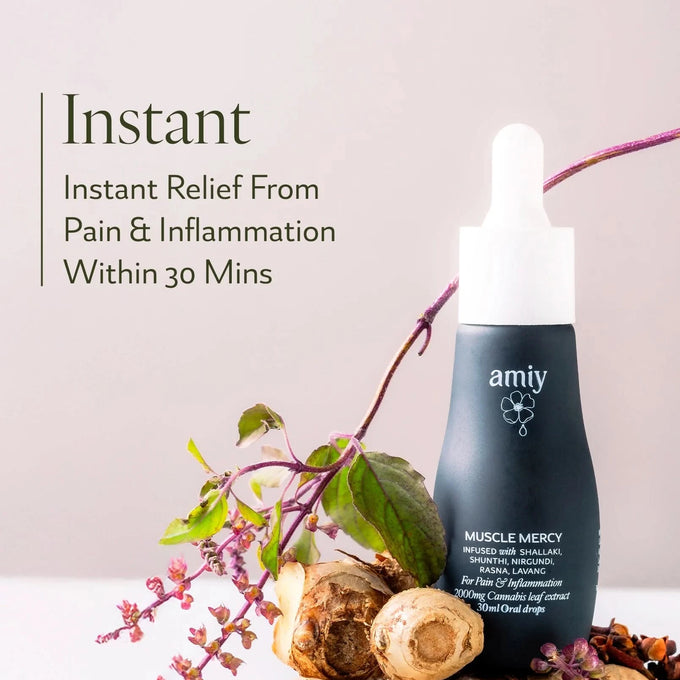




What are you looking for?
For Muscle & Joint Pain. Bio-neuromodulation Paincare Dual-action advanced oral drops
For Acne free face. Bio-neuromodulation Paincare Dual-action advanced oral drops
For Anxiety, Fear or Panic. Bio-neuromodulation Paincare Dual-action advanced oral drops
For Bloating, Indigestion, Stomach Pain. Bio-neuromodulation Paincare. Dual-action advanced oral drops

Shoulder pain remedies that actually help. Easy stretches, heat vs. ice, posture fixes, and natural options to calm muscles and support recovery.
If your shoulder feels tight, sore, or hard to lift, you’re not alone. Many of us get achy after long laptop hours, side-sleeping, or a tough workout. The good news: practical shoulder pain remedies at home can ease strain, calm muscles, and support healing. Below are safe, simple steps you can try today, plus guidance on when to seek medical help.
Medical disclaimer: This content is for education only and is not a substitute for professional medical advice. Please consult a qualified healthcare provider for personal care.
Shoulder pain often comes from irritated tendons, muscle strain, or stiffness around the joint. Poor posture and stress make it worse. For many mild-to-moderate cases, home care—rest, gentle movement, posture fixes, and heat/ice—may bring meaningful relief.

Start simple for the first 48–72 hours:
These are easy, low-risk movements. Keep them pain-free. Breathe slowly. Aim for 1–2 sessions daily.
For more daily-friendly movement, see our guide: Best home stretches for neck and upper back. These ease the load on your shoulders too.

Small ergonomic wins reduce strain through the day:
Grab our Ergonomic desk setup checklist to set up your space in minutes.
You can layer gentle options with movement and posture care:
Amiy’s doctor-formulated approach considers nerve–muscle communication. Our Bio-Neuromodulation™ framework aims to calm overactive signals, while Complex Plant Elixir™ blends botanicals that may support comfort and recovery.
Frozen shoulder (adhesive capsulitis) usually has three phases—pain, stiffness, and recovery. In the early painful phase, keep motion small but regular (pendulum, wall slides), support sleep, and manage pain with your clinician’s advice. As stiffness improves, gradually increase range. If pain is severe or motion is highly limited, seek a professional assessment early.
Mild strains can settle in 2–6 weeks with consistent home care. Overuse problems (like tendinopathy) need 6–12 weeks of steady, progressive exercise. If your pain is not improving after 2–3 weeks of good care, or everyday tasks remain hard, check with a doctor or physiotherapist.
Seek care urgently if you notice:
For general musculoskeletal guidance, you can explore WHO health resources and clinical research on PubMed.
If day-to-day activities or sleep keep getting disturbed by shoulder discomfort, consider Muscle Mercy from our Pain & Recovery range. It’s designed to support relaxed muscles and post-activity comfort. For those whose pain also disrupts sleep, supportive routines plus Tranquil Tonic may help you wind down at night.
Related reads
Natural Gut Health Remedies: Simple Daily Habits That Work | Amiy Naturals
Snoring remedies: simple fixes that actually help | Amiy Naturals
Use cold packs for fresh soreness, gentle pendulum swings, and reduce painful moves. For stiffness, try warm showers, doorway stretches, and short posture breaks. These simple steps often give quick, safe relief.
Not usually. Avoid painful lifts or overhead presses. Keep pain-free movements, light range-of-motion work, and walking. Gradually reintroduce strengthening once daily tasks feel easier.
Cold suits hot, recent irritation. Heat suits tight, stiff muscles. In doubt, start with cold for 24–48 hours after a flare, then move to heat as stiffness becomes the main issue.
You can support it with gentle, regular motion and sleep support, but have a clinician check severity. If pain is severe or motion is very limited, seek early professional help.
Mild strains may ease in 2–6 weeks. Tendon issues often need 6–12 weeks of steady, progressive exercise. If there’s no improvement after 2–3 weeks, get an assessment.
They can support comfort alongside movement, ergonomics, and rest. Use them as part of a plan, not the only step. Consult your healthcare provider if you have medical conditions or take other medicines.
If shoulder discomfort is affecting work or workouts, pair your routine with Muscle Mercy. Its plant-forward approach is designed to support relaxed muscles and post-activity recovery as you fix posture and keep up with stretches.
If pain is disturbing sleep, add soothing wind-down habits and consider Tranquil Tonic. Small nightly rituals, steady movement, and gentle natural support often work best together.